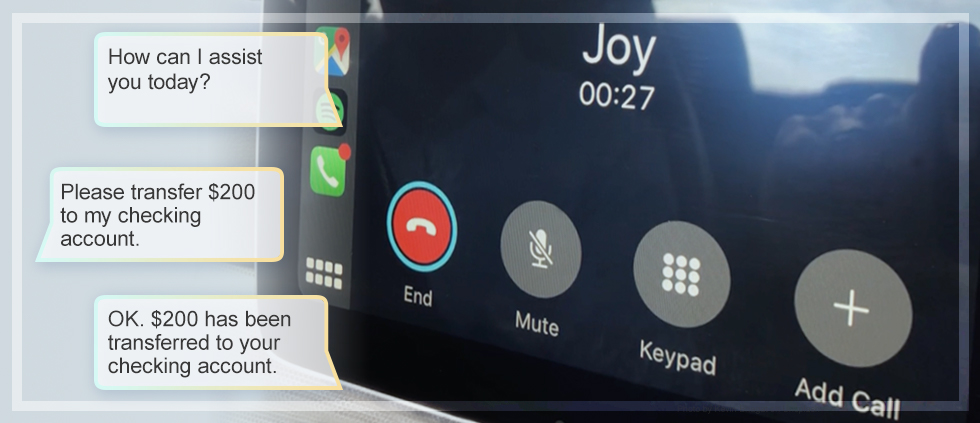Credit Unions Find New Opportunities in Voice Assistants Beyond COVID-19 Response

Going into 2020, the “trend pieces” on credit unions cited some common priorities for the coming year, like improving member experience, connecting with younger demographic groups and finding new technology solutions. Four months later, some of those priorities have been scrambled due to the economic downturn brought on by COVID-19… but not all of them.
Forgive the cliché, but there is truth to the idea that crisis creates opportunity. And while all FIs, including credit unions, may need to rethink plans for 2020, they also have new opportunities to communicate with their members and offer new solutions. In fact, one opportunity in particular may be poised to gain traction during the economic upheaval: voice assistant banking.
In a recent survey conducted by PYMNTS.com and PSCU, two-thirds of credit union executives say they are prioritizing voice assistants as part of their payments capabilities. And PYMNTS.com observes that as branches remain closed due to the pandemic, credit unions may be aggressively seeking out technology solutions, especially those that allow members to manage their own finances at home.
Voice assistant banking has the potential to help CUs in a number of other ways, like alleviating customer service calls, appealing to younger members (who prefer these digital banking tools) and helping them stand out against competitors.
And yet building a voice assistant is no easy task. It takes development time, a sophisticated AI and an extremely secure backend connection. For credit unions seeking to break in to this space, there are third-party fintech solutions that can help. For example, we’ve been reading about Michigan-based Bankjoy since late last year via this post by Mike Lawson, the host of CU broadcast.
While Bankjoy offers a number of digital banking solutions, we were intrigued by Lawson’s interview with CEO Mike Duncan and the Comedians-in-Cars-Getting-Coffee-style product demo it featured.
Lawson and Duncan spend several minutes going through the features and functionality of Bankjoy’s digital assistant, especially the “natural language” capabilities of its AI. For example, Mike Duncan asks “Joy” to perform a series of transactions while he is driving. Lawson likens the transactions to “talking to a teller,” and he is right. It was proof of concept that the AI was ready to go, and it launched within a few months of the post.
While the verdict is still out on Bankjoy, the company seems to be filling a niche for the payment technology needs of credit unions. And despite the COVID-19 pandemic, the company has been bringing new credit unions on board in the midst of the crisis, as noted in these announcements published in Finextra April 14 and April 22.
Looking beyond the current circumstances, we hope that CUs make full use of these kinds of technology solution. Since they can now offer products that are “like talking to a teller,” there are opportunities not only for customer service but also for cross-sell/upsell. The technology opens new possibilities for customer interaction, and we always advocate looking at those interactions as opportunities to evolve the broader communications strategy.








